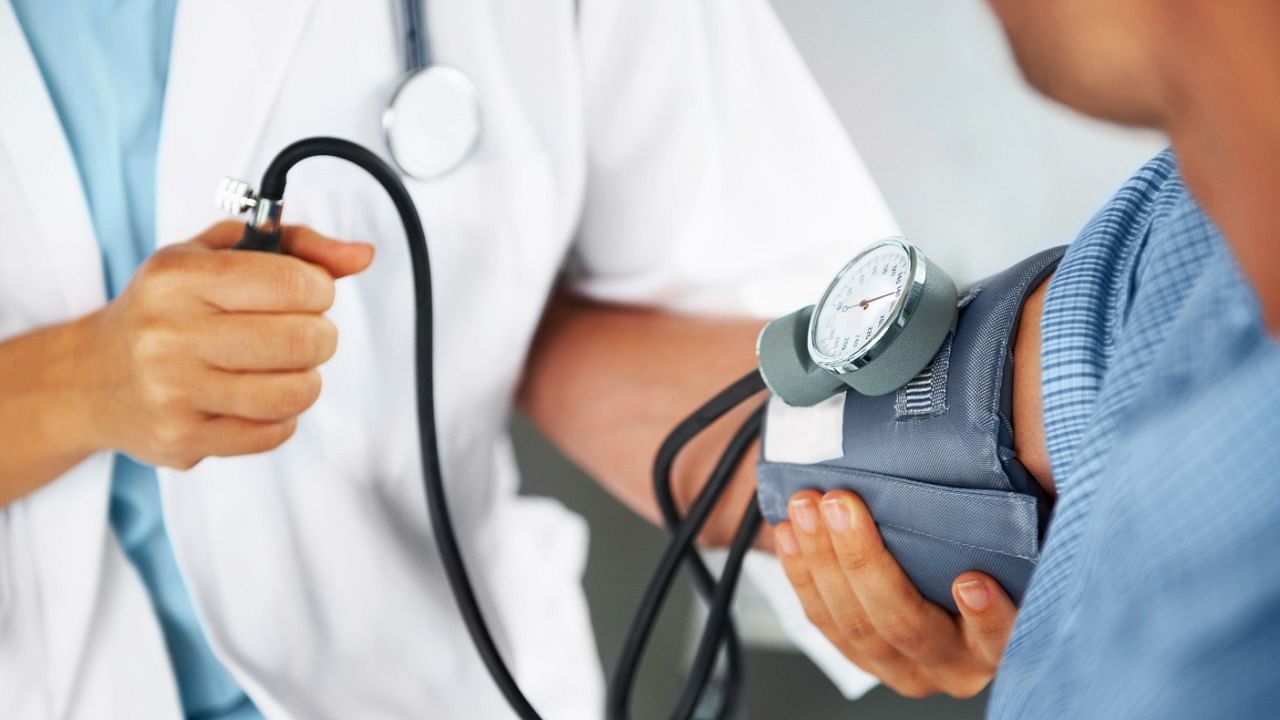
Nearly a quarter of men and one-fifth of women in India have hypertension, a chronic disorder that increases the risk of cardiovascular, kidney disease and premature death, according to the country’s biggest public health survey.
Moreover, four in 10 women and five in 10 men are close to developing high blood pressure, the National Family Health Survey says in its fifth report after interviewing more than 17 lakh individuals aged more than 15 years.
Based on the blood pressure measurement, the NFHS-5 found 21 per cent of women and 24 per cent of men are having hypertension marked by the blood pressure measurement of 140/90 or above.
Non-Communicable Diseases account for 65 per cent of deaths in India and hypertension is one of the crucial risk factors.
Among the diagnosed hypertensives, only 7 per cent of women and 6 per cent of men are currently taking medicine to lower their blood pressure, even though 12 per cent of women and 9 per cent of men said they were informed by a doctor or a health professional that they have hypertension or high blood pressure.
Publication of the NFHS-5 findings coincided with an Indian Council of Medical Research survey that also documented higher prevalence of hypertension with lower treatment and control rates, a key challenge for the country aiming to achieve hypertension control target by 2025.
The Union Health Ministry is pushing to lower the prevalence of raised blood pressure by 25 per cent.
“Recognising the low awareness and high rates of drop-outs between the diagnosis of hypertension, its treatment and control calls for better planning of providing continuum of care for high blood pressure,” said Prashant Mathur, director of ICMR’s National Centre for Disease Informatics and Research, Bengaluru, and corresponding author of the study.
The southern states have a slightly higher prevalence, with Kerala topping the list with nearly 31 per cent (national average is 21 per cent) followed by Telangana (26 per cent), Karnataka, Andhra Pradesh and Tamil Nadu (each having close to 25 per cent prevalence). Among other states, Punjab leads with 31 per cent prevalence.
For both women and men, the prevalence increases sharply with age. The increase is for all categories of hypertension, including pre-hypertension, for both sexes. About one-fourth of women and men aged 40-49 have hypertension.
Even at an earlier age, one in eight women and more than one in five men aged 30-39 have hypertension. Almost half of the senior citizens also have it.
The World Health Organisation last year modified its blood pressure control guideline, suggesting that a systolic pressure of 130 should be the threshold to start medication in people with a history of heart complications or other risk factors whereas for others such a threshold would be 140/90.
